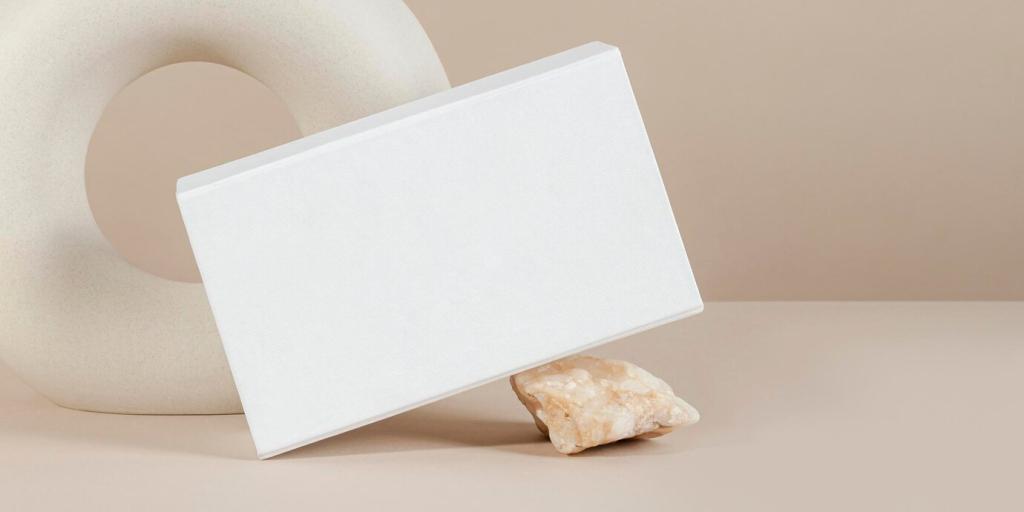Sourcing, Longevity, and Stewardship
Look for FSC or PEFC wood, Greenguard Gold finishes, and transparent Environmental Product Declarations. Ask vendors about origin, adhesives, and repairability. A couple of clear questions at purchase time can save years of maintenance headaches and prevent unnecessary replacements.
Sourcing, Longevity, and Stewardship
Salvage yards yield character-rich boards, stone offcuts, and solid doors that outlast trends. Local mills can plane reclaimed beams into serene shelving. I once sourced elm from a fallen city tree; its knots became the room’s quiet punctuation marks.


